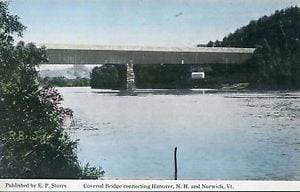Extreme Perils and Suffering of the Natchez Refugees
During the siege of Pensacola, a series of events, of an interesting and romantic character, began at Natchez, and afterwards ended, with unparalleled sufferings, in the vast Indian wilderness, which extended from thence to the Ogechee River, in the distant province of Georgia. Some citizens of the Natchez district, the most prominent of whom were Philip Alston, Colonel Hutchens, John Alston, Captain Thaddeus Lyman, Thompson Lyman, Jacob Blomont, and Jacob Winfrey, put themselves at the head of a large party of royalists, for the purpose of seizing Fort Panmure, and expelling there from the Spanish troops, who had held it … Read more




